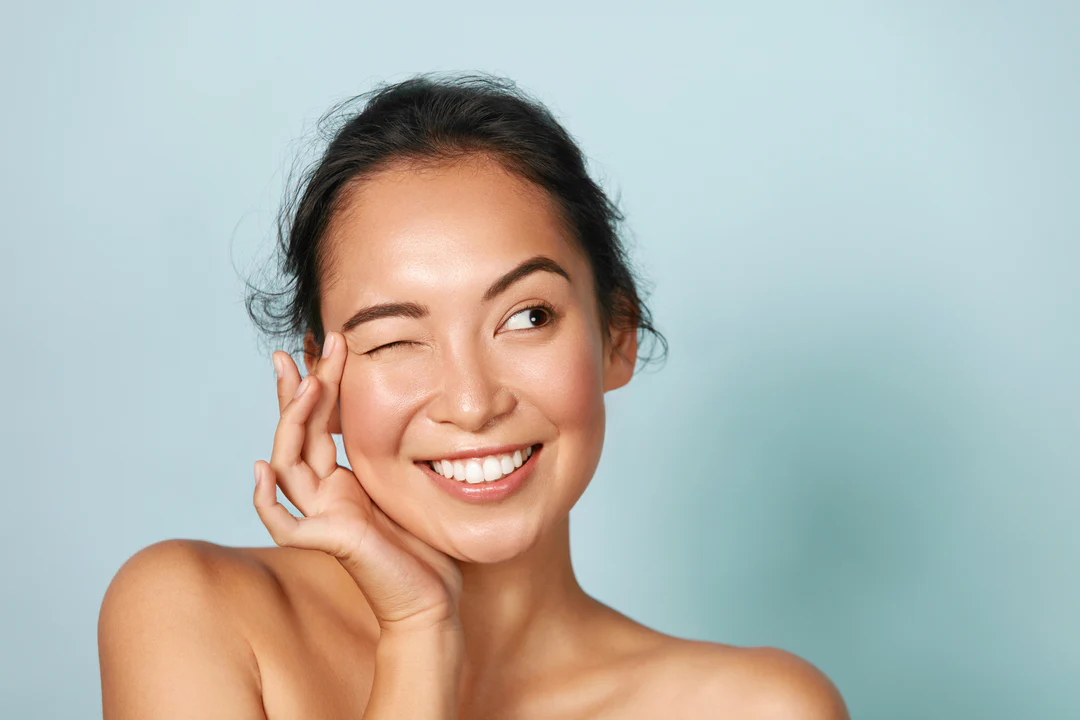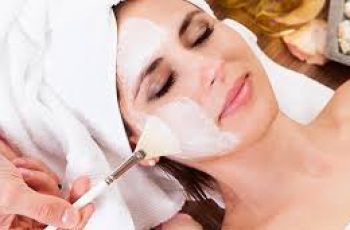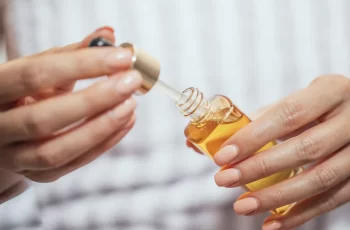
How to Use Niacinamide on Your Face
Niacinamide may sound complicated, but it’s one of the few skin ingredients that’s easy to incorporate into your skincare routine. It’s packed with antioxidants and moisturizing properties, so you’ll find that niacinamide can really help with any skin concern.
The question is how to use niacinamide on your face and if it’s really that easy to incorporate into your daily skincare routine. Let’s explore to find out more!
What is Niacinamide?
Before we dive in, let’s quickly review what niacinamide is and the various benefits it can offer your skin.
Niacinamide is a form of vitamin B3 that can help draw moisture to the surface of your skin, strengthening your protective barrier against daily exposure to free radicals and other environmental irritants. Thanks to niacinamide’s antioxidant properties, you’ll also find that the following skin concerns are alleviated as well:
Hyperpigmentation, uneven skin tone, and dark spots
Blemishes, blemishes, and acne
Dull, lackluster complexion
Redness
Signs of aging like fine lines and wrinkles
Uneven skin texture
Large and noticeable pores
How can you use niacinamide in your skincare routine?
Niacinamide is praised for its incredible versatility, being able to be mixed with almost any skincare ingredient. Due to its hydrating properties, niacinamide is often used in water-based skincare products, such as serums and moisturizers. This is good for both your routine and your skin, as both products stay on the skin the longest compared to rinse-off cleansers, so your skin benefits from this clever hydration powerhouse.
By keeping your skin barrier fully functioning and containing the right amount of water and oil, you’ll find that other steps in your routine are absorbed quickly, with some users even seeing faster results.
Niacinamide is often said to have similar effects to the very popular hyaluronic acid. While it’s true that both are effective in increasing the skin’s overall hydration, the main difference is that niacinamide has the unique ability to regulate the natural oils on the surface of the skin. Not only does this keep your skin healthy, but it’s also an added benefit for those with oily skin, acne-prone skin, and pimples.
Can I use niacinamide daily?
In fact, you can, and it’s highly recommended that you use niacinamide twice a day, but only if you make sure your skin can tolerate it. While Niacinamide is effective and versatile, it’s still important to patch test any new product or ingredient 24 hours before applying it all over your skin to avoid unnecessary breakouts or irritation. Using Niacinamide twice a day, especially during the cold winter months, will protect your skin from harmful free radicals from things like central heating and harsh weather. They essentially form a protective layer over your skin to help it through the day and regenerate and repair your skin at night.
Do you put Niacinamide all over your face?
You can apply Niacinamide all over your face, but avoid applying it too close to the under-eye area, where the skin is thinner, more sensitive, and easily irritated.
When using Niacinamide, it’s important to use the right amount, because you can have too much of a good thing. What I mean by that is that Niacinamide’s moisturizing properties are so powerful, and too much can cause moisture to be drawn away from the lower layers of your skin, which can cause irritation and severe dryness.
Using Niacinamide all over your face can fight signs of dehydration and help boost the ceramides in your skin. This will hydrate and restore balance to your skin, while enhancing the effectiveness of any other products you use in your daily skincare routine.
Can you use a moisturizer after using Niacinamide?
Absolutely! However, this depends a lot on the product that the Niacinamide is formulated in. For example, if it is a serum, it is best to apply it before any form of moisturizer. This is due to general “skin rules” when using different products in your daily life. To give you a better understanding, here are the three most important rules you should follow to ensure that you get the most out of your treatment.
Apply formula from thinnest to thickest
It may sound simple, and maybe even a little silly, but applying your skincare products in order of thickness allows each product and its effective formula to absorb properly into the skin.
Apply water-based products first, then oil-based products
As you know, oil and water usually don’t mix, which can create a huge mess and render your skincare useless. Applying water-based products first and oil-based products later allows the water-based products to better penetrate the correct areas of the skin before applying the thicker, heavier oil-based products.
Pay attention to the pH level
This part may be a little confusing, but it is very common for people to experience irritation when using skincare products without knowing why. For example, products with a high percentage of acidic active ingredients typically have a pH of 3.0 to 4.0 and should be applied to the skin before neutral products with a pH of 5.0 to 0.7. If you keep these tips in mind when applying your skincare products, you will avoid unnecessary skin irritation and benefit from an effective daily regimen.
Hopefully, this will give you a better understanding of why applying your skincare products in a specific order allows you to fully leverage the active ingredients contained in each product. Once you get the hang of it, you can use these products at different times of the day to achieve the best results for your skin.
How long does it take for Niacinamide to work?
You will notice a noticeable difference as soon as you apply Niacinamide to your skin. For longer-lasting results, you should wait approximately 8-12 weeks for your skin’s appearance to improve significantly, especially when the formula contains a 5% Niacinamide concentrate. Not only will this visibly improve the overall appearance of your complexion, but you won’t have to worry about irritation.
If you want to learn more about Niacinamide and all the benefits it can have for your skin, check out our dedicated blog post on this ingenious ingredient If you have any questions, check us out on Instagram and of course don’t forget to check out our latest episode of The Green Couch!


